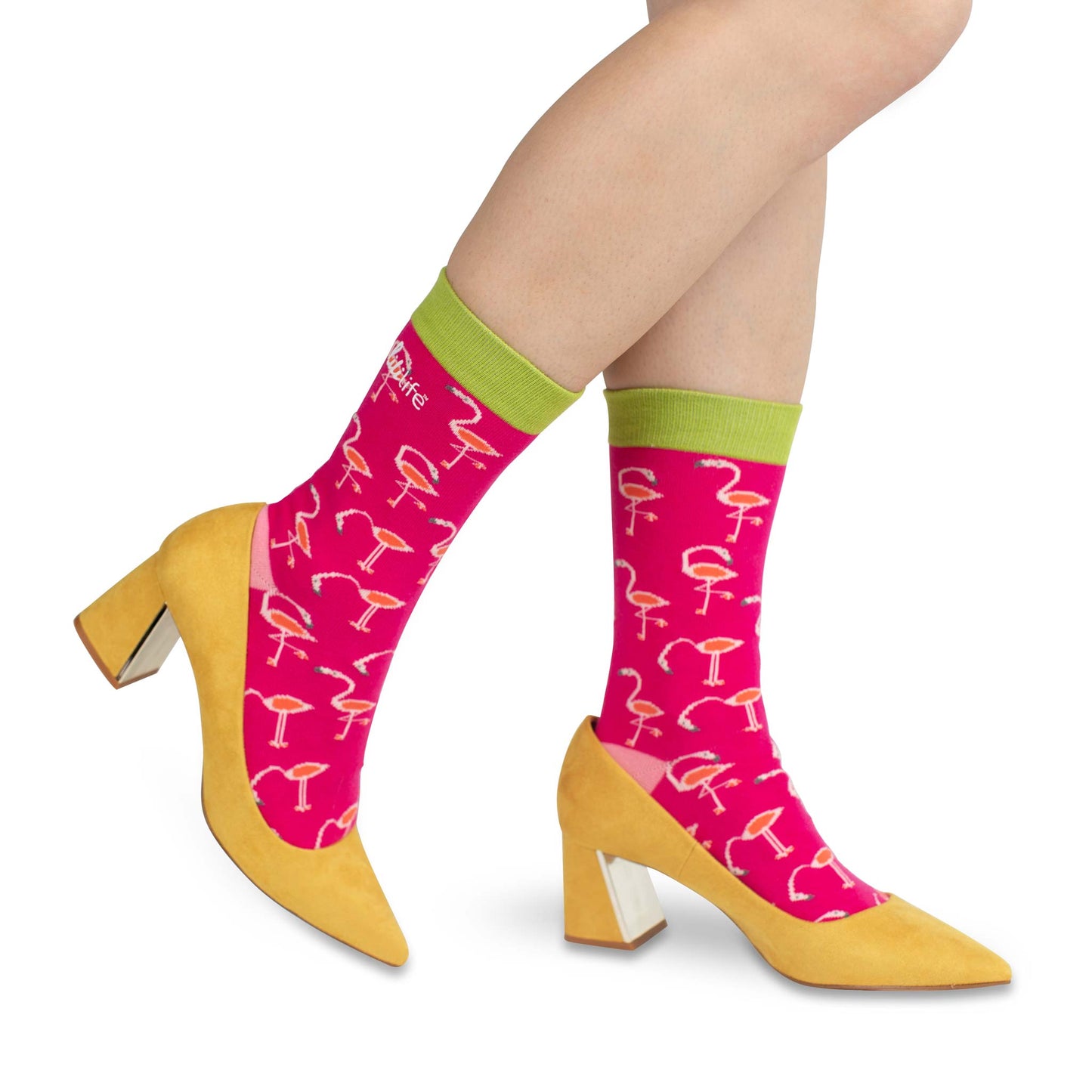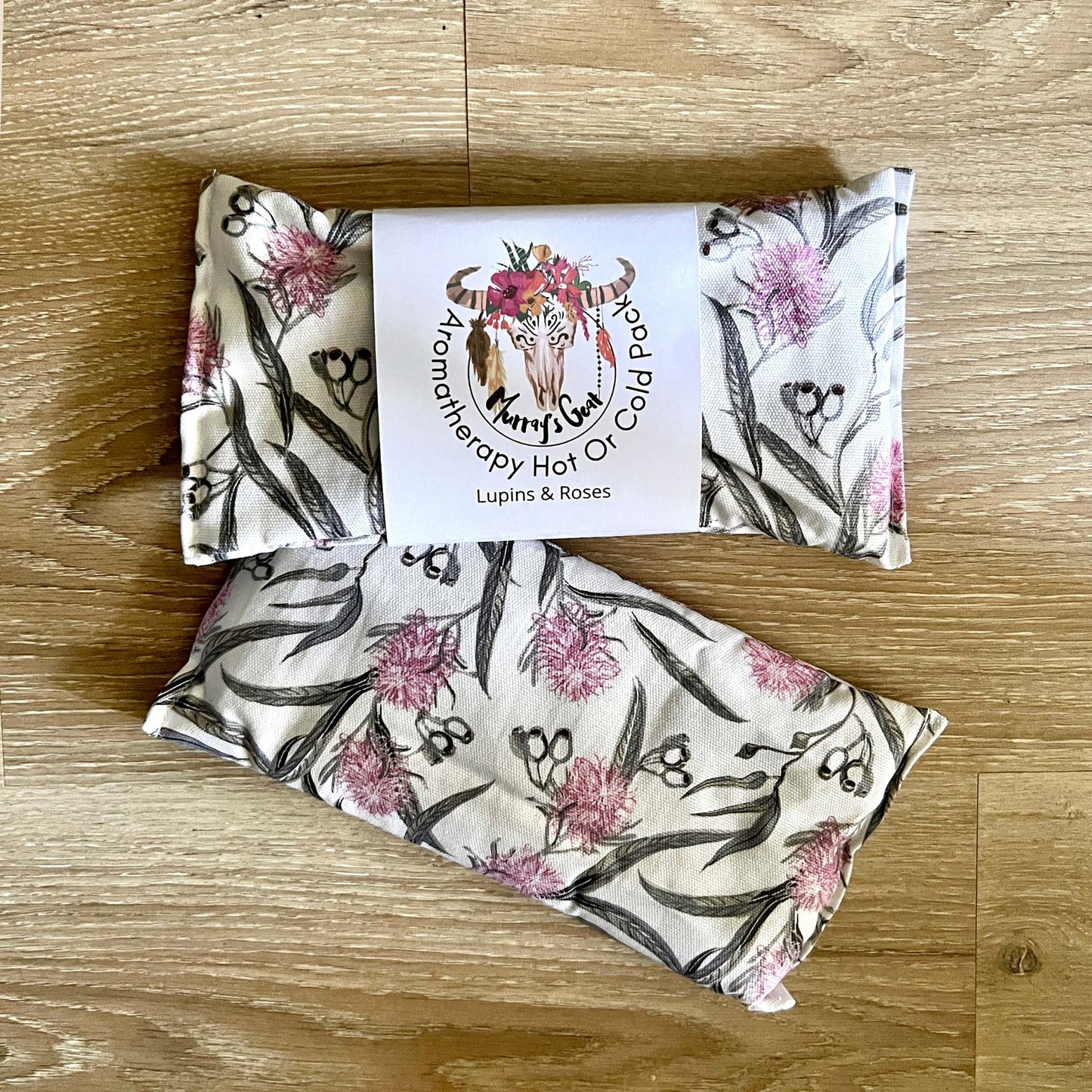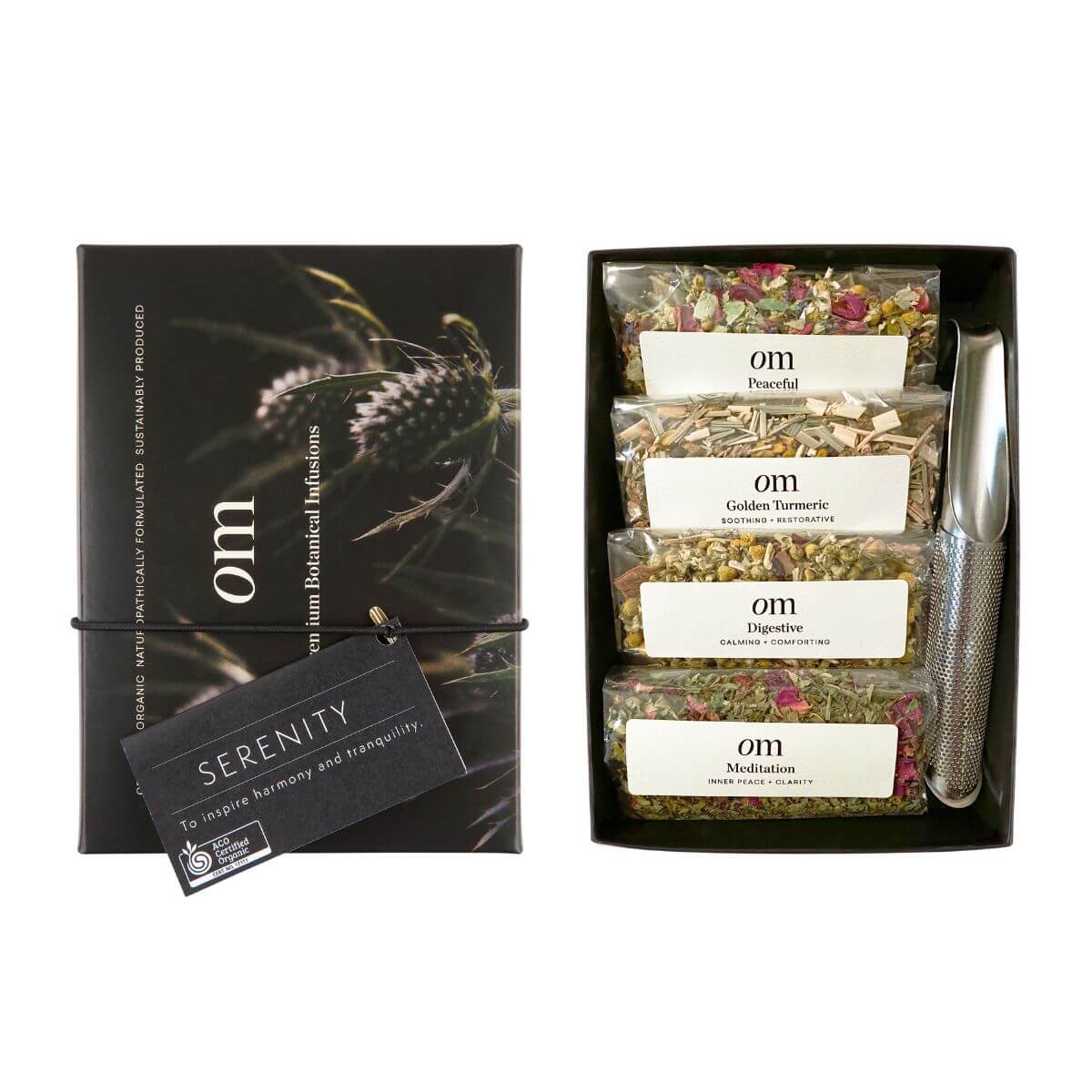
A Guide to Bullet Journals
If you have trouble getting organised or have endless amounts of to-do lists, maybe it’s the universe telling you it’s time to commit to that New Year's “I’ll get organised!” resolution you’ve been recycling the past five years.
Using a planner is a great starting point since they come with pre-designed layouts that range from monthly, weekly, or daily dates. However, despite these numerous features, I’ve always felt constrained by it and would abandon a planner a month or two later. It was a losing battle and it seemed I would never be organised. I’ve tried throughout my academic career and without fail, I would… actually fail in trying to keep up with an organised system.
Ready to accept defeat, I chanced upon the bullet journal - an analogue system that makes use of blank notebooks and turns them into master planners. It was perfect for notorious to-do list makers, stationery lovers, journaling, and scrapbooking. Since finding the bullet journal, I’ve been able to organise my jumbled brain and plan my week-to-week doings. I love it.
The Bullet Journal™ was conceptualised by Ryder Carroll, a Brooklyn-based product designer, throughout his schooling years. He created a way of note taking that helped him focus on multiple tasks during short time periods. This became known as ‘rapid logging’ - the use of bullet points and a core aspect of the bullet journal. Since its official site launch and introduction in 2013, bullet journals have gained massive popularity in the digital world.
What is a bullet journal?
A bullet journal is an analogue and organisation system that is customisable and forgiving to you. It’s essentially a DIY planner. You create the features and layouts to your preference. It can be a to-do list, a monthly or weekly or daily tracker, a journal, a sketchbook, but here’s the kicker. It can be all of the above. It reflects the unique needs, life, and ways of thinking of each person.

The flexibility behind the bullet journal is what makes it so popular. Also, by utilising its rapid logging system, you can quickly jot down bullet points instead of writing long sentences. Many users claim that the bullet journal has increased productivity - which I can attest to.
It’s a creative way to plan my week without having to see the same layout page after page, and it motivates me to tick off the to-do lists and to feel more productive to achieve a goal.
Given its highly customisable format, everyone has their own system with the bullet journal. Once you pass the lingo, the bullet journal is easy and simple to start._
How to start:
1) Learn the lingo
The bullet journal community has its own language for different layouts or modules that are commonly used, but optional. Here is a quick rundown of some words you’ll come across:
Bujo: slang for bullet journal
Rapid Logging/ Key: symbols and points used to create and organise a bullet journal, and to indicate appointments, events, enquiries, notes, tasks, etc.
Module: methods or system used to collect and organise specific entries - core modules are the index, daily log, monthly log, and future log
Index: a table of contents that you update as you go
Daily Log: designed for day-to-day use, such as recording to-do bullet points as they occur
Monthly Log: traditional month calendar that - surprise - helps you organise your month. Mostly used as an overview or reference
Future Log: used to record future events, goals, long-term plans, things to do someday etc.
Spread(s): A photographic overview of a page layout.
2) Find an empty notebook
Do you have that one empty notebook or journal that’s been gathering dust on the shelf? Give it a life and use it for your first bullet journal. If you don’t have one, there are plenty of different notebooks you can choose from.
Most users prefer high quality notebooks, such as Moleskine* and Leuchtturm* that are popular for their quality and range. A gridded or dotted notebook will give you more flexibility to set up your bullet journal layouts.
Keep two things in mind while choosing your notebook. Don’t get a notebook if it’s too big (like an A4 notebook) as you’ll most likely never carry it with you. If it’s too small, you will have less space to work with and it will be impractical.
You don’t have to get the fancy notebooks if you’re just starting out and just because that’s what everyone else is using. You can start with an inexpensive notebook to test out the bullet journal system and find your groove with it.
Personally, I use my bullet journal strictly as a planner and it’s a dotted notebook from Daiso, which is light to carry. I then use the high quality notebooks for sketching and idea dumps for future projects.
 You can find Moleskine and Leuchtturm notebooks at bookstores around Brisbane, such as Dymocks, at the State Library of Queensland, or the Brisbane Art Gallery Store.
You can find Moleskine and Leuchtturm notebooks at bookstores around Brisbane, such as Dymocks, at the State Library of Queensland, or the Brisbane Art Gallery Store.
3) Look up inspiration and draft layouts
Go on Instagram, Pinterest, and Tumblr to find inspiration for your bullet journal. Everyone has their own version and system with the bullet journal. Some users are very intricate with their layouts and use multiple modules to increase productivity and efficiency.
After spending hours gathering ideas from beautifully planned out spreads, you can start drafting your layouts to suit your needs. The beauty of the bullet journal is its highly customisable system, essentially meaning that it’s up to you to decide how much time you spend on it.
If you want to adhere to a particular aesthetic or want to have a creative outlet, then naturally it would take longer but it’s not a requirement.
If you don’t have time to decorate it or have little artistic skill, don’t worry. It’s okay. It can be as simple as jotting down the date and then your to-do list for the day - and bam, you just started your daily log.
So, how does the Rapid Logging actually work?_x000D_ _x000D_ In the simplest terms, rapid logging is using bullet points to indicate the tasks that need to be done. You can use the bullet symbol (●) or, in my case, an empty checkbox (□) for tasks.
When you completed a task, cross (x), tick (✓), or colour it in (■). Use a greater than symbol (>) to indicate a task has been moved to another date.
 Dashes (-), open circles (◌) or smaller dots are great for quick notes or thoughts. Come up with your own set keys to suit your needs and preferences.
Dashes (-), open circles (◌) or smaller dots are great for quick notes or thoughts. Come up with your own set keys to suit your needs and preferences.
Tips: Don’t over think it! There’s no need to stress yourself out when starting out. The primary function of a bullet journal is efficiency. Try not to get caught up in the aesthetics or fancy designs if you don’t have the time, artsy skill, or it’s not your style. Consider the purpose of your bullet journal, what you want to accomplish or need, and the time constraints you might have.
Over time, you will discover what works and what doesn’t work for you. In the end, your bullet journal is for yourself. Have fun with it. Now, it’s time to finally achieve that New Year’s resolution and get organised!
Checkout the original Bullet Journal site here.
Author: Dalina Nguyen_
Images: courtesy of Dalina Nguyen




















